Explore Articles Filed Under: The Amazon
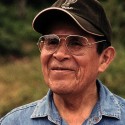
On November 16, 2009, after a brief illness, famed visionary artist Pablo César Amaringo died at his home, surrounded by friends and family, and leaving behind a mass of uncatalogued paintings and hastily jotted notes. We are more than fortunate that Howard Charing and Peter Cloudsley had already been working with Amaringo for months to get his collection in order, annotate his more recent work, create a digital archive of his art, and protect his paintings from deterioration in their humid tropical environment.
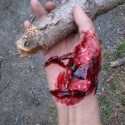
In the jungle, you might be hours away by boat from medical services that may be less than optimal for many medical emergencies. In fact, you may be days away from even an ill-equipped local medical center. Under those circumstances, it may be important to know what provisions have been made at an ayahuasca retreat center for the emergency wilderness care of foreseeable but potentially life-threatening medical emergencies.

Over a period of twenty months, fourteen shamans were murdered in the district of Balsapuerto, a small river port in Alto Amazonas province. Seven of the victims had been shot, stabbed, or hacked to death; seven others had been reported missing, but their bodies had not been found, presumably because they had been tossed into rivers to be eaten by piranhas. All those killed — as well as almost all the members of the communities from which they came — were members of the Shawi ethnic group. How could such a thing have happened?
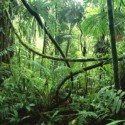
If you have decided to travel to Peru or other areas in South America to drink ayahuasca, I hope that you have a wonderful experience and return safely to tell everyone about your adventures. But be aware that you will be traveling in third-world countries that often have limited resources, and wonderful experiences are less often the product of luck than of thoughtful preparation. Here are several things you can do to help ensure that your trip is safe and productive
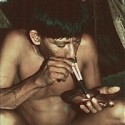
The ayahuasca drink is made from the stem of the ayahuasca vine. Sometimes, but rarely, the drink is made from the vine alone; almost invariably other plants are added. It is in fact this companion plant that contains the potent hallucinogen dimethyltryptamine; the vine contains MAO inhibitors. How in the world did indigenous peoples in the Upper Amazon come up with the idea of combining DMT with an MAO inhibitor? And when and where did they first do it?
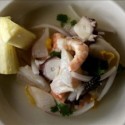
Fusion is the hot word among Peruvian chefs. Pedro Miguel Schiaffino was one of the founders of what is now generally called Amazon fusion, which incorporates jungle ingredients into gourmet dishes. Back in May, the first Festival Gastronómico de la Amazonía peruana was held for five days at the Hotel Meliá in Lima. I missed it. I had intended to bring some genuine Amazonian boiled monkey soup, but, as it turns out, it is likely the festival would not have been interested. When people in Lima speak of Amazonian gastronomy, they do not mean what indigenous people in the Amazon actually eat.

In 2006, Keith Aronowitz, then forty-four years old, was a filmmaker without a direction. He had been professionally involved in the film and television industry for more than twenty years, primarily as an editor working on what he calls “some pretty mindless stuff” — infomercials and reality shows. Now he needed a break. He decided to go to Peru and try something he had heard of called ayahuasca. He brought his camcorder and, just for something to do, he recorded some of the ceremonies and interviewed some of the people who had also journeyed to drink ayahuasca. When he shared his footage, the response was enthusiastic. So he thought: Why not make a documentary?
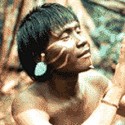
In 1975 Kenneth Good traveled to Venezuela to study the Yanomamö. After he had lived in the village for about two years, he found himself under increasing pressure to become betrothed. “What the hell,” he thought, “what would be so wrong in saying yes?” So he became betrothed to Yarima, who at that time was around nine years old. Then something unexpected happened. Good began to fall in love with Yarima. He consummated their marriage when she was about fourteen, and he was almost forty. Five years later, after having lived with the Yanomamö for more than twelve years, Good brought his now-pregnant wife back to the United States. Things did not work out as he had expected.
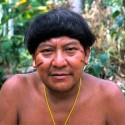
Do warfare and killing among Amazonian peoples have an evolutionary function? Anthropologist Napoleon Chagnon claims that the culture of the Yanomamö of Brazil exemplifies a key principle of sociobiology — that males who had murdered during intervillage warfare had more than twice as many wives and three times as many children as men who had not. In other words, he claims that violence is evolutionary adaptive behavior. Now a new study of violence and reproductive success, this time among the Waorani of Ecuador, has come to a different conclusion.
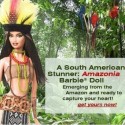
We have discussed before the strange ways that the jungle, and in particular the Amazon, has penetrated Western consciousness. Now I have found a new phenomenon to add to the list of odd hybrid cultural artifacts — Amazonia Barbie. Of course, Amazonia Barbie does not look anything like a real Amazonian woman. It is not at all clear that she is intended to. Her ethnicity is a stereotype built up out of fragments of an imagined culture.

Discussing the article:
Hallucinogens in Africa